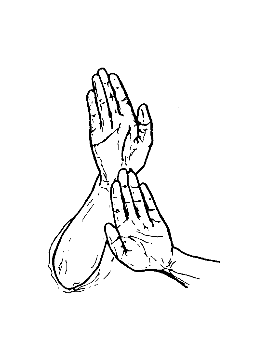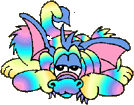
Reiki
Reiki (Ray’-key) is a method of natural energy
transfer in which
a person who has been trained and attuned in Reiki fosters a connection with another person
to share Reiki energy for the purpose of relaxation and enhancing the body’s natural ability
to heal with support.

The most commonly recognized form of Reiki is the Usui Method of Natural Healing, founded by Mikao Usui in Japan sometime in the mid 19th century after he spent time studying ancient sutras in Sanskrit and meditating with them. He was gifted with a revelatory vision that led to his development of the system we call Usui Reiki (or Usui Reiki Ryoho) today. Until the 1930s, this method was taught almost exclusively to men in Japan, and was not structured into levels in the way we recognize it now. It was a student of Usui, Dr. Chujiro Hayashi, who added the hand positions and divided the teaching into structured levels. Hawayo Takata, an American woman, was attuned by Hayashi and brought Reiki to the United States. Because of the cultural, political and religious tone of the times, a fee structure was added to the levels to help discern the serious intent of the student. Today, there are many forms of Reiki, as practitioners have added to the richness of the traditional form with different symbols for focus, and it is not uncommon to be able to learn Reiki at very modest cost or to obtain Reiki sessions through independent practitioners or Reiki clinics, although traditional Reiki Masters, who strictly follow the lineage of Takata and her granddaughter, Phyllis Furumoto, continue to charge ten thousand dollars for a master attunement, which is only offered by invitation.
The primary way that a Reiki practitioner shares Reiki energy is by
lightly touching the person with their hands. A full Reiki session
is normally conducted with the client fully dressed, although Reiki can
also be incorporated into therapeutic massage and other bodywork sessions
seamlessly. A full session may last around an hour
and may include lying on a mat or table with soft music playing.
So, what can Reiki do for you? The primary goal of Reiki is relaxation, which is conducive to supporting the body’s abilities for self healing. However, Reiki can be offered for any reason, physical, emotional, or spiritual, as it assists the whole person to find balance. Reiki is simple, easy, and non-invasive; it does not conflict with religious beliefs and can enhance the body’s utilization of other therapies. As a technique for self care, it becomes a useful form of meditation and body awareness. In addition, it encourages a philosophical mindset of compassion and presence that is useful in dealing with the stresses of everyday life.
Mikao Usui wrote a brief set of ideas surrounding Reiki which have been interpreted as
"The Reiki Ideals":
Just for today, I will be peaceful.
Just for today, I will have faith.
Just for today, I will give thanks for my many blessings.
Just for today, I will do my work with integrity.
Just for today, I will be kind to my neighbor and every living thing.

Dare to Dream!
If you have any further questions about Reiki, how to find or choose
a practitioner
or a Reiki Master for instruction, feel free to contact Caroline

Return to Caroline's Energy Page
